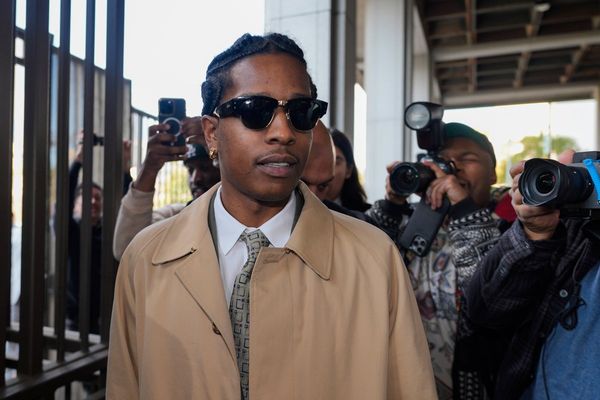
Russia said on Thursday it saw the promised delivery of Western tanks to Ukraine as evidence of direct and growing U.S. and European involvement in the conflict.
The Kremlin was reacting for the first time to announcements by the United States and Germany on Wednesday that they would arm Ukraine with dozens of battle tanks in its fight against Russia.

"There are constant statements from European capitals and Washington that the sending of various weapons systems to Ukraine, including tanks, in no way signifies the involvement of these countries or the alliance in hostilities in Ukraine," Kremlin spokesman Dmitry Peskov told reporters.
"We categorically disagree with this, and in Moscow, everything that the alliance and the capitals I mentioned are doing is seen as direct involvement in the conflict. We see that this is growing."
U.S. President Joe Biden said the tanks pose "no offensive threat" to Russia and that they were needed to help the Ukrainians "improve their ability to manoeuvre in open terrain".

Ukraine has been seeking hundreds of modern tanks to form what President Volodymyr Zelenskiy called a "fist of freedom" that could give its troops the firepower to break Russian defensive lines and reclaim occupied territory in the south and east. Until now, both Ukraine and Russia have been relying primarily on Soviet-era T-72 tanks.
CONFRONTATION
Russia, which launched the war by invading Ukraine on Feb. 24 last year, has increasingly portrayed it as a confrontation with NATO.
"The course of the special military operation in Ukraine shows that the U.S. and NATO intend to continue making efforts to drag out this military conflict and have become its participants," Nikolai Patrushev, a close ally of President Vladimir Putin and secretary of his Security Council, was quoted as saying on Thursday.
Interfax news agency quoted him as saying that "even with the end of the 'hot phase' of the conflict in Ukraine, the Anglo-Saxon world will not stop the proxy war against Russia and its allies."
Russian military commentators focused much of their attention on the German-made Leopard tanks, which both Berlin and other European NATO members are now set to send to Ukraine, describing them as a threat but not a game-changer.
"The Leopard is similar to its living feline relative in being stealthy. Perhaps this is the most camouflaged tank, which is not so easy to spot, even from the air. Because of this, attacking it from a long distance presents certain difficulties," war correspondent Semyon Pegov said. "But indestructible tanks do not exist in nature."
Another war blogger, Yuri Kotenok, said Western tanks were no "wonder weapon" but would require a change of Russian tactics.
"It's necessary to saturate our units directly on the front line with additional anti-tank weapons, grenade launchers, both hand-held and mounted, to mine tank-dangerous areas," he said.
Andrei Gurulev, a lawmaker and retired military officer, said the promised tanks should not be taken lightly, as Western models were equipped to "see beyond the horizon" to select targets.
"Such a number of tanks is not capable of turning the tide on a large-scale front. Yes, this is a clear threat, but it must be fought everywhere," he said.
(Writing by Mark TrevelyanEditing by Gareth Jones)







